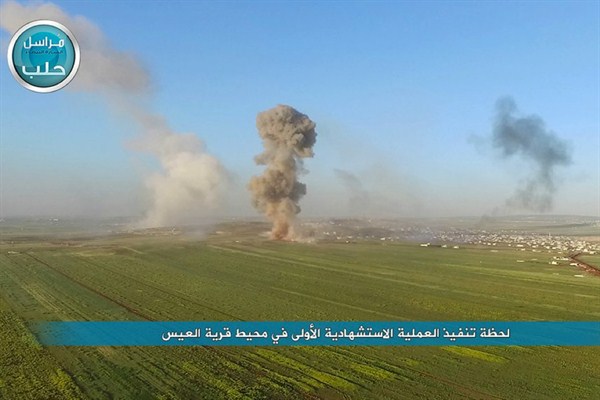BEIRUT—Syria’s nationwide cessation of hostilities has made clear the growing rift between the country’s mainstream opposition and the Nusra Front, al-Qaida’s Syrian affiliate. But just as the cease-fire has highlighted these maybe irreconcilable differences, it has also shown the extent to which the Nusra Front is tangled up in and ultimately dependent on the rest of the Syrian opposition.
The Nusra Front often sells itself as the beginning and end of the fight against the Syrian regime of Bashar al-Assad. But Nusra cannot win single-handedly. It is a symbiote—it can only succeed when it is attached to a Syrian opposition at war.
The dramatic reduction of aerial bombing and other violence under the current cease-fire has allowed for renewed peaceful protests across rebel-held Syria. These demonstrations have underscored the gulf between jihadis and the mainstream opposition, as protesters have scuffled over whether to fly the patriotic revolutionary flag or Nusra’s black banner, and over protest chants that some Islamist rebels argue are irreligious. One dispute in the city of Maarat al-Numan in northwest Idlib province escalated into full-on street battles between Nusra militants and a local nationalist faction aligned with the fragmented Free Syrian Army (FSA). Since then the situation in northern Syria has remained tense, even as protests have continued in Maarat al-Numan and elsewhere.

